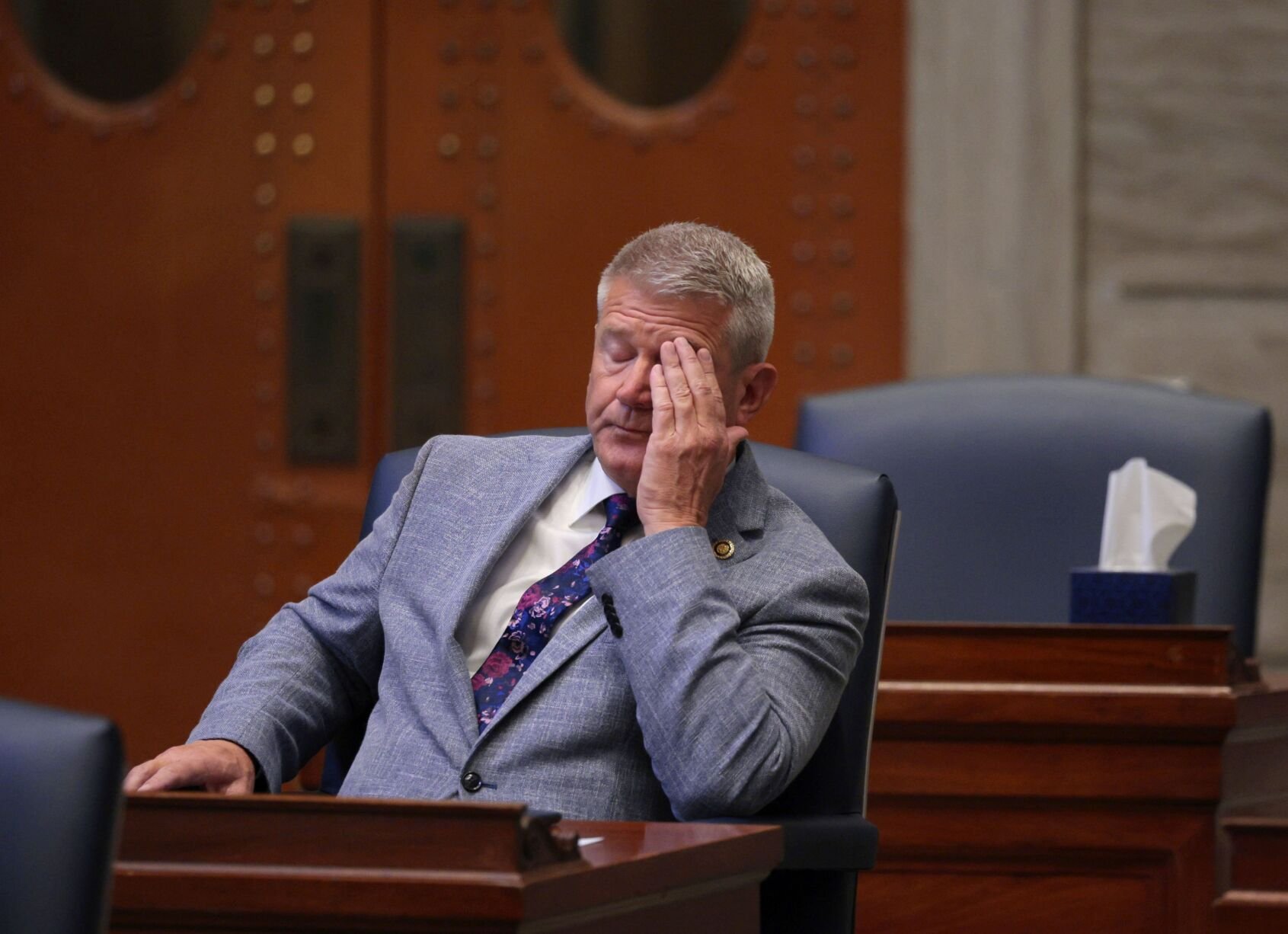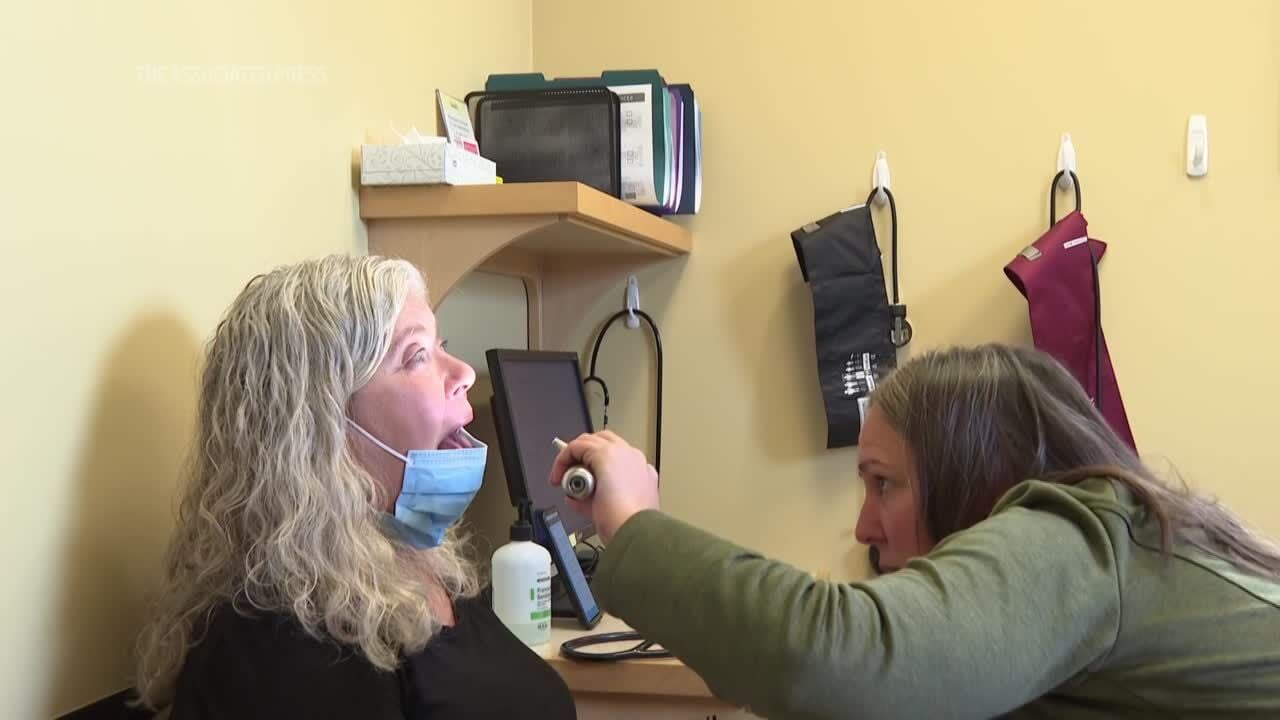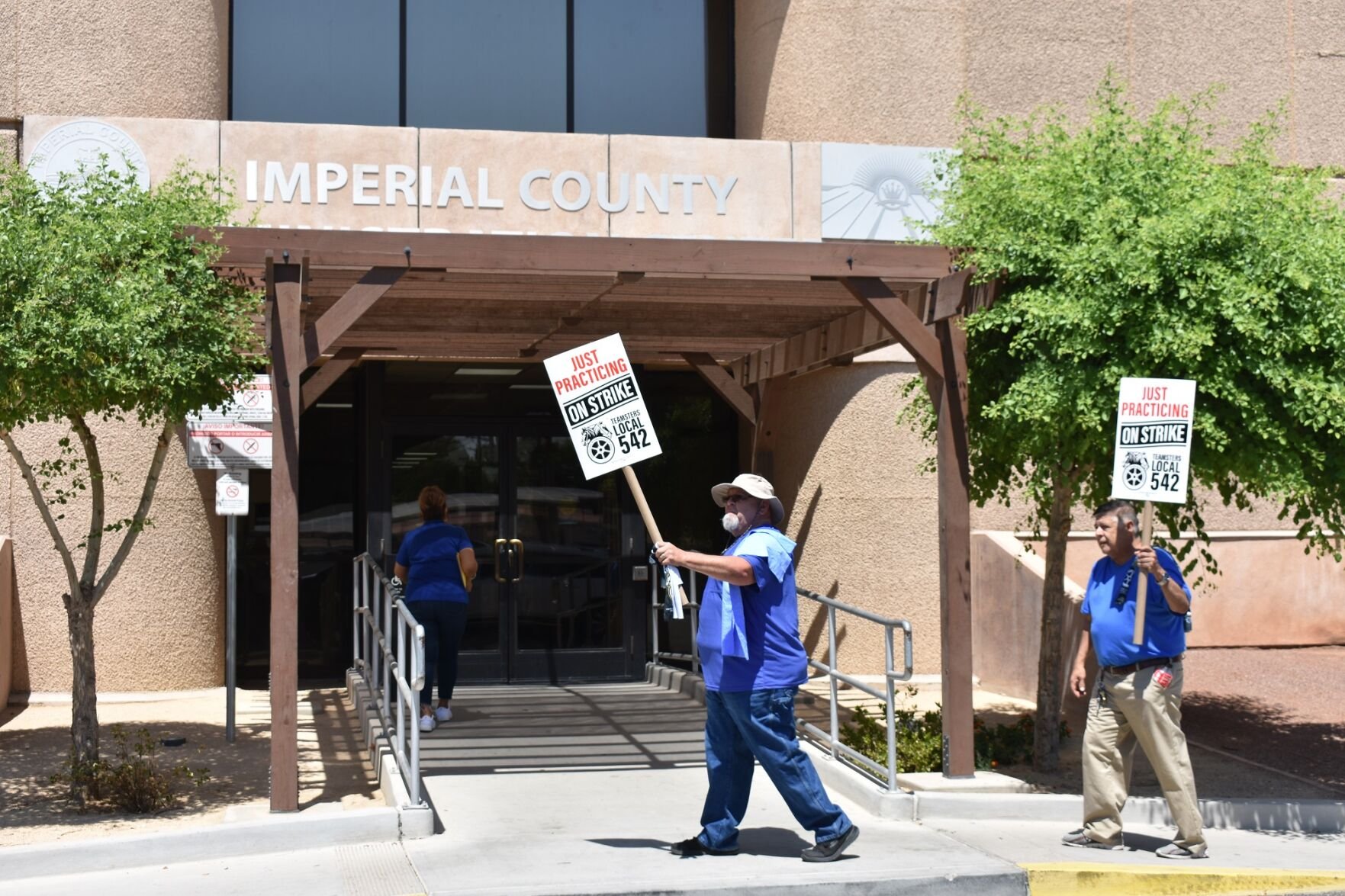Over 13,000 students in West Virginia currently experience homelessness, yet legislative efforts aimed at helping them have stalled at the statehouse. One student’s story shows how academic success can unravel when a family crisis forces a young person to leave home.
There are more than 13,000 homeless students in W.Va., and statehouse efforts to help them have stalled

Key Takeaways:
- More than 13,000 homeless students are facing instability in West Virginia
- Legislative efforts to assist these students have stalled
- Personal struggles illustrate how homelessness disrupts education
- Academic performance can drop dramatically without stable housing
- Action is urgently needed to address this crisis
Homelessness in West Virginia Schools
According to recent reports, there are more than 13,000 homeless students across West Virginia. These students grapple with the burden of finding safe, stable housing while also trying to focus on their education.
A Personal Story
One example is that of a South Charleston High School student named Cheyenne Baker. She had maintained straight-A grades until a difficult family life compelled her to leave her home. The sudden loss of stability quickly affected her academic ambitions, highlighting how a housing crisis can shatter a promising future.
The Stalled Legislative Efforts
Despite growing awareness of the problem, statehouse proposals intended to assist homeless students have stalled. Policymakers have discussed measures to allocate resources or improve support services in schools, but so far, these proposals have not successfully advanced.
The Human Cost
Students like Cheyenne are left in limbo, facing the emotional strain of not knowing where they will sleep at night. This turbulence in their daily routines often leads to lower academic performance, increased stress, and a steep decline in overall well-being.
Path Forward
While the legislation sits idle, families and educators remain uncertain of how to help the increasing number of homeless students. The stark reality is that these young people need consistent shelter, educational support, and opportunities for growth. For many, a decisive intervention could make the difference between persevering in school or dropping out altogether.











